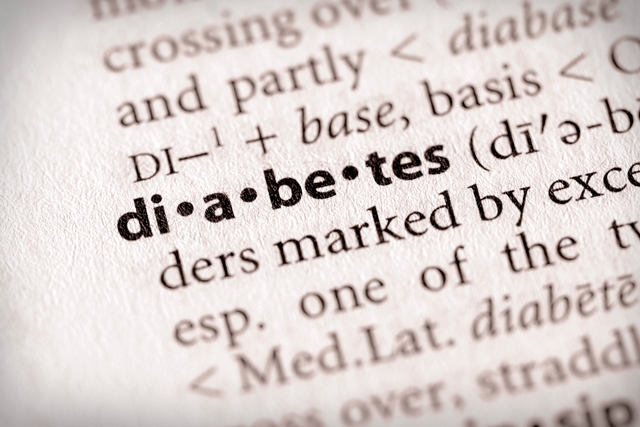Reading or hearing the words ‘Type 1 diabetes’ and ‘Type 2 diabetes’ can be quite confusing if you are unfamiliar with the disease.
Knowing the differences between the two types will help you better understand how the disease affects your body or the body of a person you care about. Plus, learning more about Type 1 and Type 2 can give you insight on prevention and care. Remember, knowledge is power.
According to the American Diabetes Association (ADA), “Type 1 and Type 2 diabetes have different causes. Yet, two factors are important in both. You inherit a predisposition to the disease then something in your environment triggers it.”
Simple descriptions of Type 1 and Type 2 diabetes:
Type 1 diabetes typically is diagnosed in children and young adults; it earlier had been referred to as juvenile diabetes or insulin-dependent diabetes. Interestingly, only 5 percent of people with diabetes have this type of the chronic disease.
For people with Type 1 diabetes, their body’s pancreas produces little or no insulin ““ a hormone within the body that converts sugar, starches and other food into energy needed for daily life. At this point, there is no known way to prevent Type 1 diabetes. And treatment requires the use of insulin.
Type 1 diabetes can come on suddenly. It may be diagnosed when a person goes to the doctor with symptoms of hyperglycemia (high blood sugar). A test at a doctor’s office or laboratory would be administered to confirm the diagnosis.
Symptoms include excessive thirstiness, dry mouth, increased urination, unusual hunger or weight loss ““ even though the person eats a normal diet or increases food intake. Other symptoms are blurred vision, pain or tingling in the hands or feet, and frequent infections or ones that do not heal.
While research is ongoing, Type 1 diabetes has no cure. Instead, people who have Type 1 can manage their diabetes and live healthy, fulfilling lives.
According to the ADA, “proper Type 1 diabetes management is composed of a handful of elements: blood glucose control and insulin management, exercise, nutrition and support.”
Type 2 diabetes is a term you may have heard as “adult onset diabetes.” Type 2 diabetes accounts for up to 95 percent of diabetes cases and is most often associated with being older, overweight, physically inactive, having a family history of Type 2 diabetes, or having gestational diabetes when pregnant.
However, “Type 2 diabetes has been reported among U.S. children and adolescents with increasing frequency over the past 20 years,” according to the Centers for Disease Control and Prevention.
For a person with Type 2 diabetes, his or her body is resisting the effects of insulin or is not producing enough insulin to keep a normal blood sugar level.
Symptoms of Type 2 diabetes are generally the same as for Type 1. Unfortunately, symptoms may come on slowly or not be noticed.
The good news about Type 2 is that it often can be prevented through eating healthy, being physically active and keeping at a healthy weight. For some people, those healthy choices may not be enough to lower their blood sugar level to a satisfactory range. Oral or injectable medication then may be needed to control blood sugar levels.


